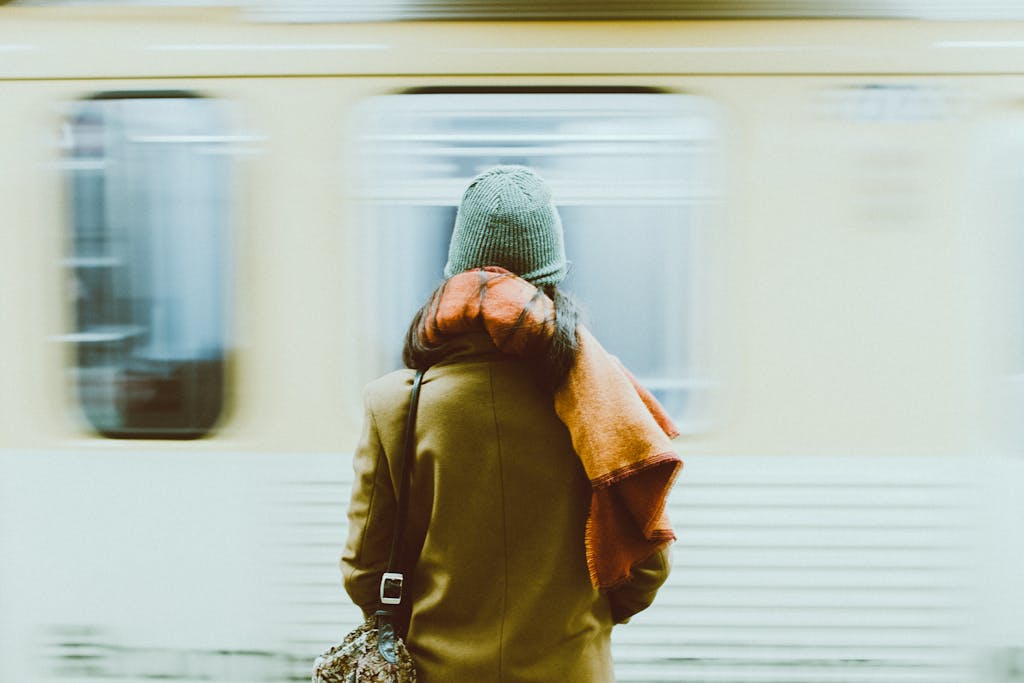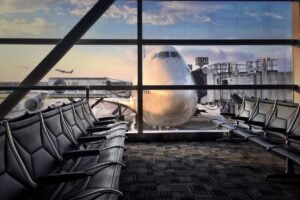Saving Money as a Digital Nomad: Essential Budgeting Tips for Life on the Go
At 3 AM in a Jakarta hostel, I frantically checked my bank balance: $247 remained to last the final twelve days of the month. My fantasy of digital nomad freedom was colliding hard with financial reality. That sleepless night became my financial wake-up call.
Three years later, I’ve transformed my approach completely. The nomadic lifestyle isn’t about constant luxury or Instagram perfection—it’s about creating sustainable financial systems that work across currencies, continents, and unexpected circumstances. The digital nomads who thrive long-term aren’t those with the highest incomes, but those who master the delicate balance between experience and economics.
Money management for location-independent professionals requires an entirely different playbook than conventional financial advice. When your breakfast might be paid in pesos, your client invoices in euros, and your savings in dollars, traditional budgeting tools often fall short. What follows are the battle-tested methods that transformed my own journey from financial anxiety to confident global mobility.
Research Before You Roam: Setting Destination-Specific Budgets
The single most important financial practice for nomads? Knowing your destination’s true cost of living before arrival. When I moved from Chiang Mai (where my comfortable lifestyle cost $1,200/month) to Copenhagen (where a similar lifestyle would exceed $3,500/month), advance planning prevented financial shock.
Tools like Numbeo provide detailed breakdowns of typical costs—from lattes to transportation to rent—in cities worldwide. Before committing to a location, I recommend calculating your anticipated monthly expenses, then adding a 15% buffer for unexpected costs.
Once on the ground, expense-tracking apps like Trail Wallet or Spendee become essential companions. Setting daily spending limits helps you stay mindful—especially when currency conversions make it easy to lose track of what you’re actually spending.
Housing Hacks: Your Biggest Cost-Saving Opportunity
Accommodation typically consumes the largest chunk of a nomad’s budget. The difference between paying tourist rates and local rates can be dramatic—I once reduced my monthly housing costs in Medellín by 60% simply by extending my stay from one week to three months.
Beyond Airbnb, explore local rental platforms in your destination country. In Mexico, for instance, Facebook housing groups often list apartments 30-40% cheaper than international booking sites. For longer stays, message hosts directly and negotiate monthly rates—most are willing to offer significant discounts for consistent occupancy.
The ultimate accommodation hack? House-sitting. Platforms like TrustedHousesitters connect travelers with homeowners who need someone to care for their property and pets. I’ve stayed in stunning homes across Europe and Australia completely free, saving thousands while enjoying luxuries I could never otherwise afford.
The Kitchen Nomad: Eating Well Without Breaking the Bank
When I first started traveling, restaurant meals drained my budget faster than anything else. Now, I follow the “2-1-1” rule: two home-cooked meals, one simple café meal, and one restaurant experience daily.
Exploring local markets becomes both a cultural experience and financial strategy. In Bangkok, my morning market run for fresh mangoes, dragon fruit, and street food staples cost less than a single western breakfast would have. Most accommodations now offer at least basic kitchen facilities—even a simple electric kettle opens possibilities for oatmeal, instant noodles, and coffee that would otherwise cost five times more at cafés.
Pro tip: Befriend local grocery store apps. Many offer newcomer discounts and weekly specials that can significantly reduce your food expenses.

Moving Around: Transportation Strategies for Savings
Transportation costs vary wildly between destinations. In cities with excellent public transit, weekly or monthly passes offer substantial savings over daily tickets. I saved over $200 in Tokyo by purchasing a 21-day subway pass rather than individual fares.
For city exploration, nothing beats walking—not just for your wallet, but for discovering hidden gems tourists never find. When walking isn’t practical, bike-sharing programs typically cost a fraction of rideshares or taxis.
For travel between destinations, flexibility is your financial superpower. Flight comparison tools like Skyscanner and Google Flights allow you to search by month to find dramatically lower fares. The difference between flying on Tuesday versus Saturday can sometimes fund an extra week of adventures.
The Sharing Economy: Your Nomadic Ally
The rise of the sharing economy has been a gift to budget-conscious nomads. Beyond the obvious accommodation platforms, services like co-working spaces provide professional environments without committing to long-term leases.
Many coworking spaces offer day passes or flexible memberships, perfect for nomadic professionals. Some, like KoHub in Thailand or Selina locations worldwide, even combine accommodation and workspace in one convenient package. This integration not only saves money but creates instant community—an invaluable asset when constantly changing locations.
Points, Miles, and Rewards: The Long Game of Nomadic Finance
Strategic credit card use can transform ordinary spending into valuable travel benefits. By channeling my regular expenses through a travel rewards card, I’ve earned enough points for multiple international flights annually. Just ensure you pay your balance in full each month—interest charges quickly negate any rewards value.
Consider cards that waive foreign transaction fees and offer travel insurance benefits. Many premier travel cards’ annual fees pay for themselves through included perks like airport lounge access, Global Entry credits, or anniversary bonus points.
Create separate accounts for everyday spending, emergency funds, and future travels. I automatically transfer 20% of each payment I receive into my “next destination” fund, ensuring I never have to cut a location experience short due to budget constraints.
Balancing Adventure and Financial Security
The most sustainable nomads maintain balance between experiencing destinations fully and building financial security. Budget for local experiences that matter most to you—whether that’s diving certification in the Philippines or cooking classes in Italy—while being disciplined about everyday expenses.
Remember that slow travel is almost always more economical. Spending three months in one location rather than one month each in three different places dramatically reduces transportation costs while allowing deeper cultural immersion and negotiating power for accommodation.
The beauty of digital nomad life isn’t just geographic freedom—it’s the opportunity to design a lifestyle aligned with your personal values. With thoughtful financial management, this lifestyle becomes not just a temporary adventure but a sustainable way of life.
What money-saving strategies have worked in your nomadic journey? Share your experiences in the comments below!
Related Post: The Importance of Building Credit for Digital Nomads
Useful Resources:
- Numbeo – Cost of living comparisons worldwide
- Trail Wallet – Travel expense tracking app
- Spendee – Budget management and expense tracking
- Airbnb – Short and medium-term accommodations
- TrustedHousesitters – Free accommodation through house-sitting













